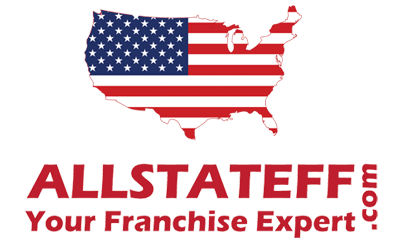Talk on the Street
Talk on the Street
Press Releases & News Articles
Editor’s Note: April ’17
Fitness Trends in the US
There are more than 26,000 Yoga businesses in the US, and the number of adults practicing the discipline rose by nearly 100% between 2002 and 2012. Driven by consumer demand, choice is the new maxim across the wellness industry, and while there is a feeling that the market is at saturation point, there is still space to grow. The explosive growth of the wellness industry has made it an attractive prospect for investors, notably in the private equity community. In 2013, private equity firm Catterton acquired Core Power Yoga, a Denver-based studio chain with over 80 studios in 12 states. More recently, in 2015, the firm invested in Pure Barre, a chain of Barre studios across the US.
The shift towards boutique or studio-based fitness practice is not of course limited to Yoga and Pilates. Studios are able to offer the specialist classes that people are clamoring for at a quality that justifies their price, with lower overheads than larger gyms. In fact, the boutique sector leads the industry in terms of growth. Of the 54 million Americans who claimed membership of a health club in 2014, 42% were members of boutique studios. More broadly for the sector, larger asset-heavy companies, especially those serving the mid-market are having to adapt their normal models and offerings to meet this new wellness trend.
Moreover, these changes are affecting the industry as a whole, not just gyms and studios. The new focus on ‘wellness’ transcends Yoga and Pilates; consumer demand for services which contribute to their wellbeing extends to nutrition, supplements, clothing and beyond. And these businesses are finding great success – the global dietary supplement market is projected to hit US$278bn by 2024.
Ultimately however, it is clear this trend isn’t a fad; wellness is here to stay. Yoga, Pilates, Barre, and the dense ecosystem of businesses that wellness supports are proving to be highly successful. Consumer demand will continue to shift and change as new practices and models spring up but if there’s one thing the industry has proved in recent years, it’s an ability to adapt.









